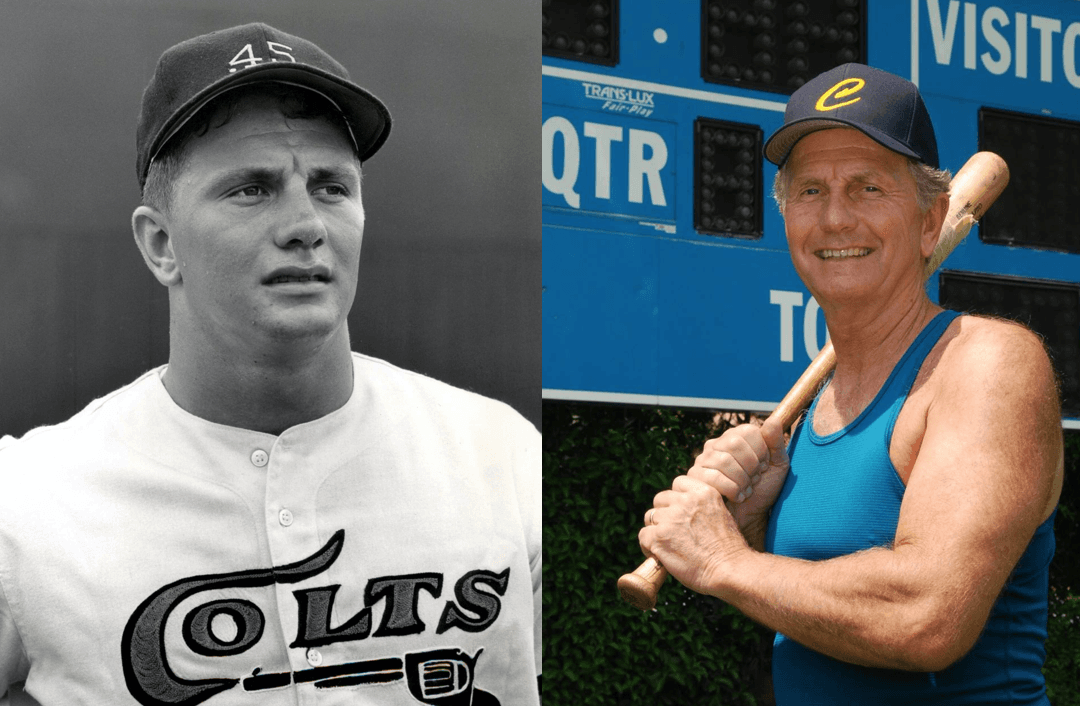The phrase “batting a thousand” is more of a concept, not a reality. It’s about striving for perfection, knowing true perfection is virtually impossible.
Unless your name is John Paciorek.

The phrase “batting a thousand” is more of a concept, not a reality. It’s about striving for perfection, knowing true perfection is virtually impossible.
Unless your name is John Paciorek.